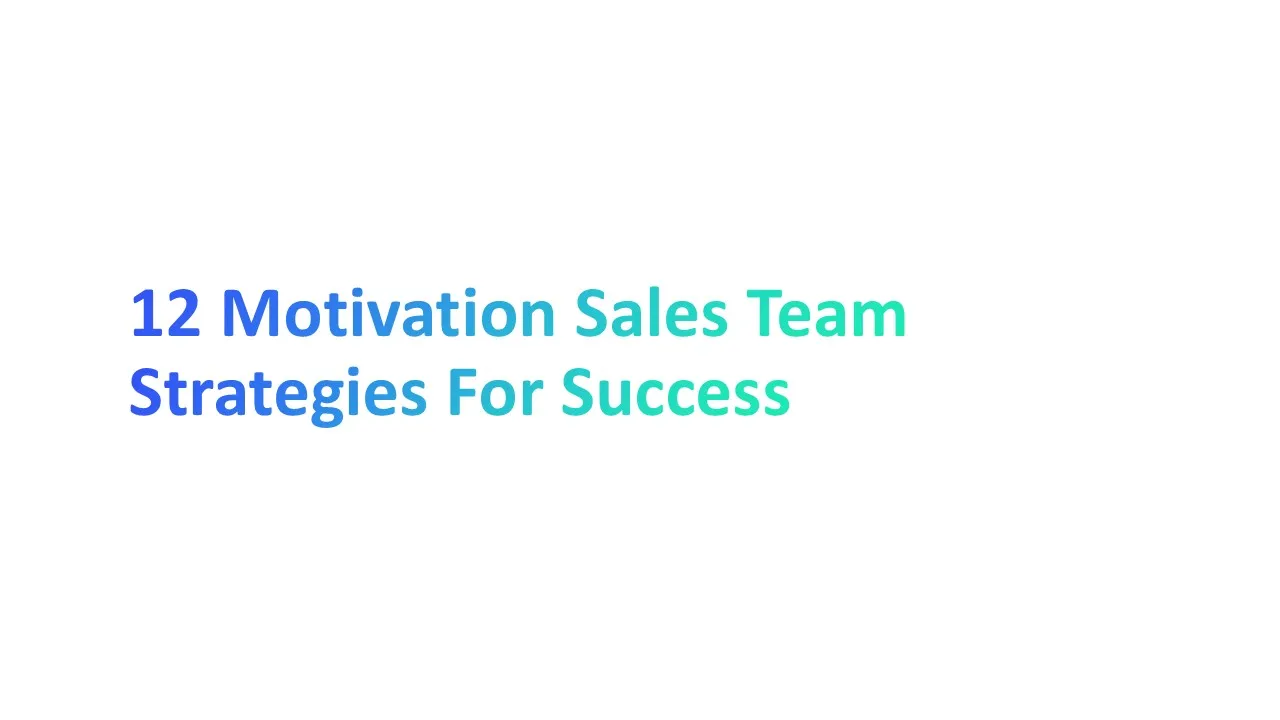Making connections on social media can feel tricky, but it all starts with a thoughtful connection request. Have you ever sent a LinkedIn connection request and wondered why it didn’t get accepted? Studies show that personalized messages are three times more likely to be accepted than blank requests, which makes tailoring your LinkedIn connection request message a game-changer.
Whether it’s a mutual connection, a shared interest, or following up after a networking event, the way you approach your connection message matters. With the right LinkedIn connection message templates and a bit of personalization, you can build professional relationships that truly count.
In this article, let’s dive into 8 best practices and templates to help you craft the perfect connection request on social media.
What is a Connection Request on Social Media?
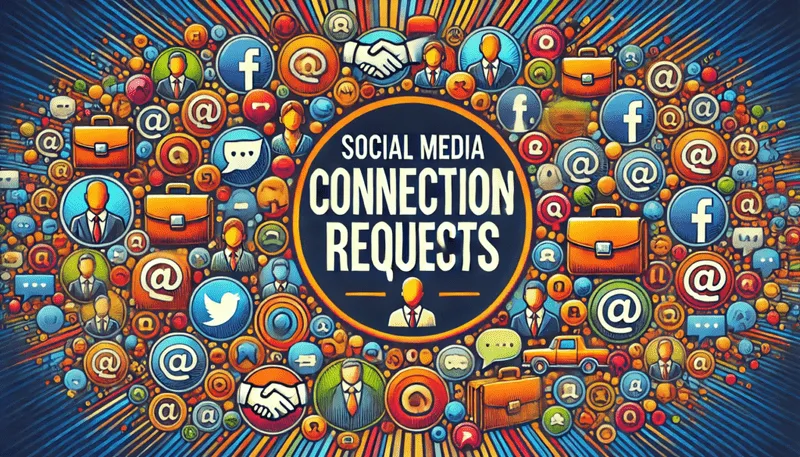
A connection request on social media is a way to reach out to someone you’d like to add to your professional network. Platforms like LinkedIn use connection requests to help build genuine connections and professional relationships. A personalized message, instead of a blank request, can make your LinkedIn profile stand out and align with the LinkedIn algorithm.
Whether you’re reaching out to other professionals, a co-worker, or exploring business opportunities, the right approach matters. Highlight shared interests, mention the same industry, or reference a networking event.
A thoughtful LinkedIn invite message can lead to meaningful conversations and valuable resources.
Why Personalize Your LinkedIn Connection Request?
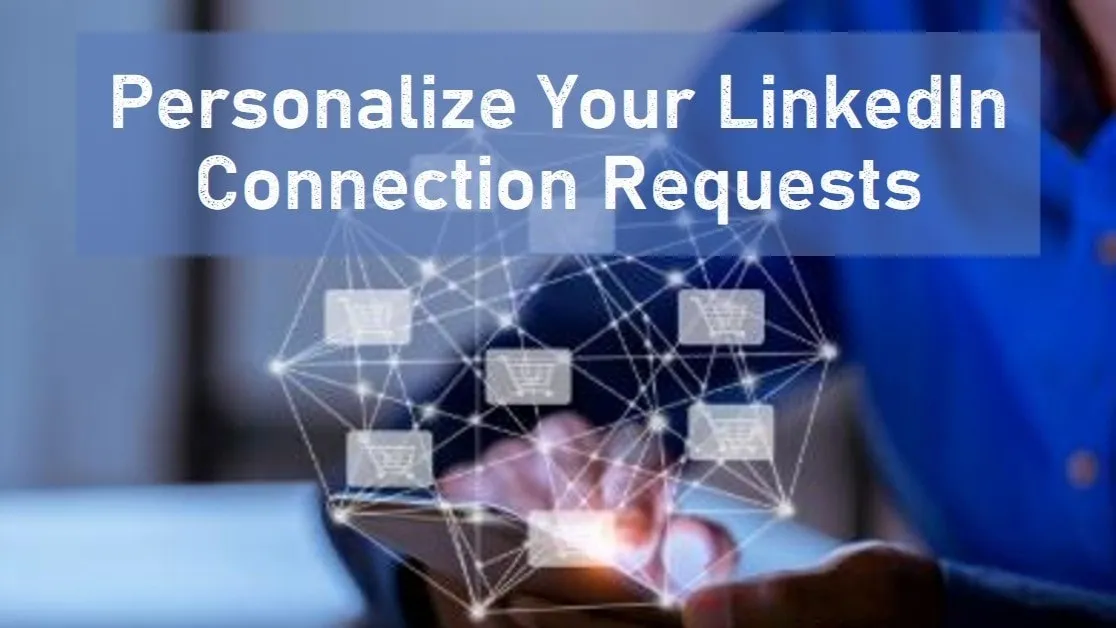
Personalizing your LinkedIn connection request is crucial to building meaningful professional relationships. It helps you stand out from the crowd and increases the likelihood of acceptance. Here’s why personalization matters:
- A blank request or a generic message often feels impersonal and may be ignored. Adding a personal touch, like referencing a shared interest or mutual goal, makes your connection request more engaging.
- Including specific details, such as a mention of a company name or a shared LinkedIn group, shows genuine interest and creates common ground, which helps build trust.
- Whether you're connecting with sales representatives, job seekers, or professionals interested in collaboration, a personalized approach aligns your intent with their interests.
- Personalization can make your request stand out, especially when reaching out to other professionals or co-founders in the same industry.
- Engaging with LinkedIn’s algorithm through tailored messages improves your profile’s visibility and can lead to new contacts and business opportunities.
Taking a few moments to write a thoughtful LinkedIn connection request ensures your effort is worthwhile and fosters genuine connections for long-term success.
8 Best Practices for Connection Requests on Social Media
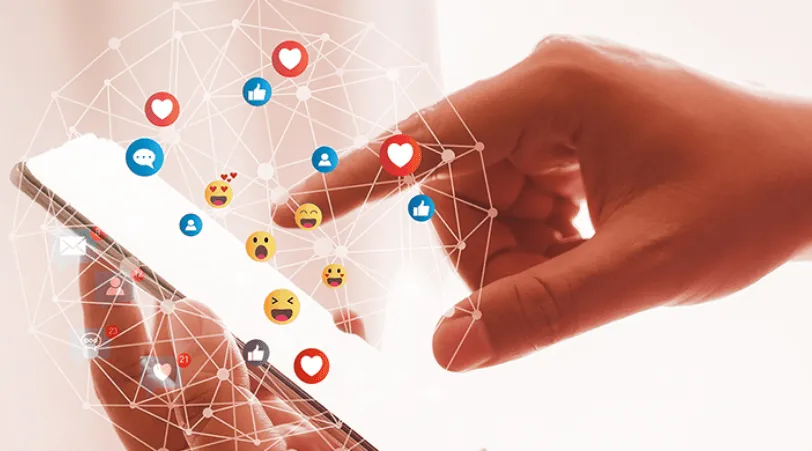
Sending an effective connection request on social media requires thought and a personalized approach.
A generic or blank request is often ignored, but a well-crafted message can help you build professional relationships and meaningful connections.
Here’s a breakdown of best practices to follow when sending connection requests on LinkedIn or other platforms.
1. Personalize Your Introduction
A personalized message helps your request stand out and makes the recipient feel valued. Generic intros like “Hi, let’s connect” lack effort and may get ignored.
How to Do It:
- Address the recipient by name.
- Mention something specific about their LinkedIn profile, like their job title or recent achievements.
- Reference shared interests or a LinkedIn group you both belong to.
2. Highlight Common Interests
Pointing out shared interests or experiences establishes common ground and creates a sense of familiarity.
How to Do It:
- Refer to a recent LinkedIn article or post they shared.
- Mention a professional networking event you both attended.
- Highlight any mutual connections or shared industry interests.
3. Be Brief and Clear
Long messages are likely to be skipped. A concise request makes it easier for the recipient to understand your intent quickly.
How to Do It:
- Use simple language and keep your message under 200 words.
- Avoid unnecessary details or lengthy introductions.
- Focus on why you want to connect.
4. Avoid Generic Messages
Blank requests or overly formal templates can seem impersonal and may be ignored.
How to Do It:
- Customize each message to the recipient.
- Avoid phrases like “such a pleasure” or “would love to connect” unless they fit naturally in the context.
- Reference something specific about their professional work.
5. Show Genuine Interest
Expressing genuine interest in their work or experiences builds rapport and shows authenticity.
How to Do It:
- Compliment a recent LinkedIn article or project they worked on.
- Ask a thoughtful question about their expertise or industry.
- Show curiosity about their role or company.
6. State Your Purpose Clearly
A clear purpose helps the recipient understand why you’re reaching out, making it easier for them to accept your request.
How to Do It:
- Mention if you’re looking to explore business opportunities or discuss a shared interest.
- Clearly state how the connection could be mutually beneficial.
- Avoid vague statements like “just connecting for networking.”
7. End with a Call to Action
A call to action encourages the recipient to engage with you beyond just accepting the request.
How to Do It:
- Invite them to discuss a specific topic or project in more detail.
- Ask if they’d like to exchange valuable resources or insights.
- Suggest scheduling a quick call if appropriate.
8. Follow Up Politely
If you don’t get a response, a polite follow-up shows persistence without being pushy.
How to Do It:
- Send a short message referencing your previous request.
- Be respectful and avoid pressuring them to respond.
- Use this opportunity to reiterate your purpose for connecting.
By following these practices, you can craft effective and professional connection requests that foster genuine connections and help expand your professional network.
What Are the Best LinkedIn Connection Messages to Use?
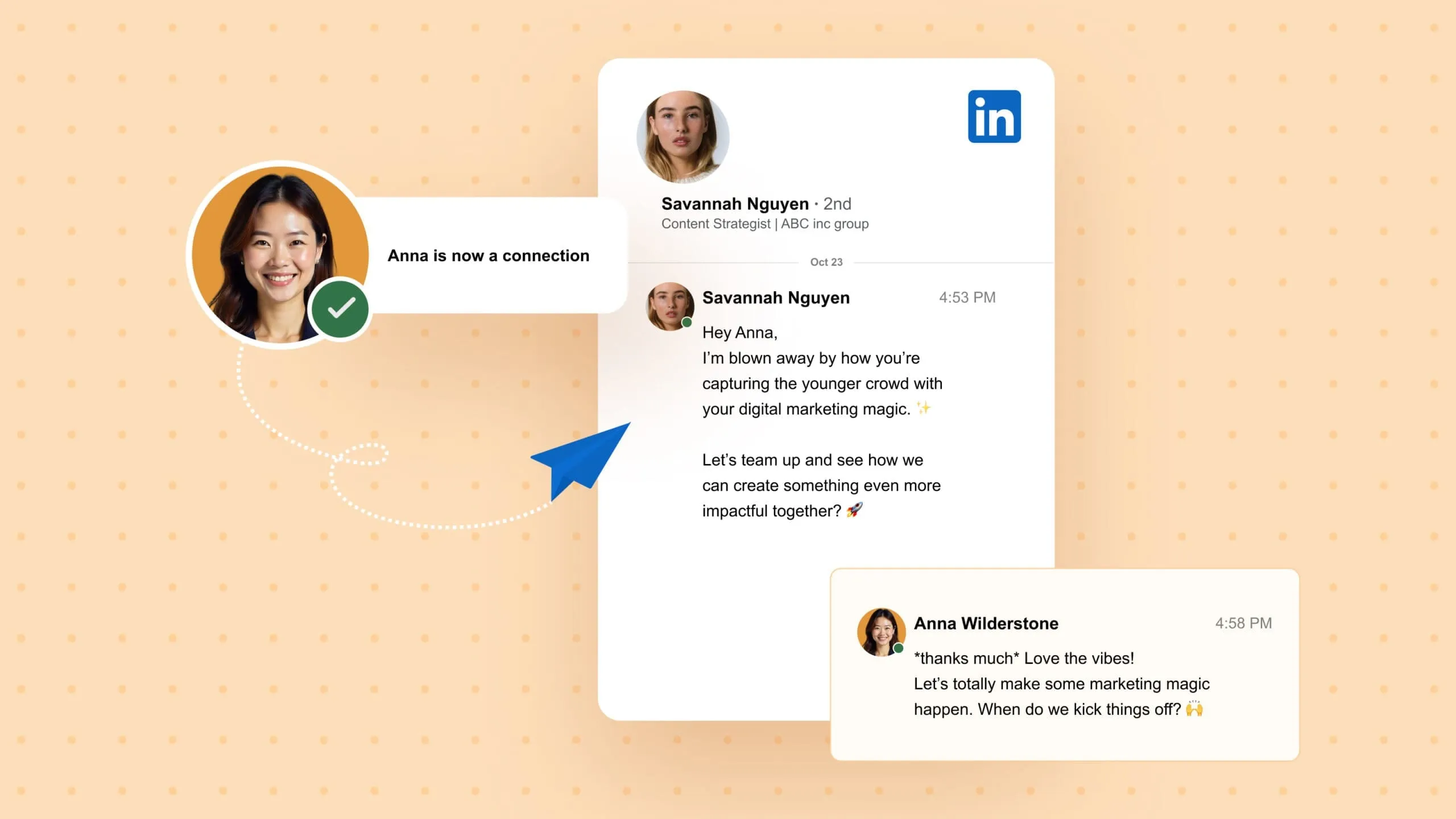
Crafting effective LinkedIn connection messages requires personalization, clarity, and relevance.
Whether you're discussing industry trends or engaging with someone’s content, a thoughtful message can set the tone for meaningful professional relationships.
Below are well-crafted examples tailored to specific scenarios:
1. Starting a Conversation About Industry Trends
When reaching out to someone in your field, referencing industry trends shows your shared interests and knowledge.
Example:
1. "Hi Sarah, I’ve been following discussions around AI in healthcare, and I noticed your experience in implementing AI-driven solutions.
What’s your perspective on its role in patient care?
I’d love to connect and share insights!"
2. "Hello John, with your expertise in renewable energy, I thought it would be great to connect and discuss trends in solar tech.
I look forward to exchanging ideas with you."
2. Following Up on a Shared LinkedIn Post
Engaging with someone’s post demonstrates genuine interest and opens the door for further dialogue.
Example:
1. "Hi Emily, I loved your recent LinkedIn post about sustainable packaging. Your points on biodegradable materials were especially insightful.
Let’s connect and discuss this topic further."
2. "Hello Mark, your post on remote work strategies really resonated with me. I’m currently researching best practices for hybrid teams and would love to hear more of your thoughts. Let’s connect!"
3. Appreciating Their Recent Achievement or Work
Acknowledging someone’s accomplishments can create a strong first impression and start a meaningful conversation.
Example:
1. "Hi Lisa, congratulations on your promotion to Marketing Director at XYZ Corp! Your innovative campaigns have always inspired me.
I’d love to connect and learn more about your journey."
2. "Hello David, I read your recent report on fintech innovations, and it was incredibly well-done.
It would be great to connect and discuss how these trends might shape the industry."
4. Seeking Advice from an Industry Expert
Reaching out to experts with specific questions shows respect for their knowledge and an eagerness to learn.
Example:
1. "Hi Dr. Patel, your work on digital transformation in retail is fascinating.
I’m currently exploring strategies for small businesses in this area and would appreciate your insights.
Let’s connect!"
2. "Hello Mike, I admire your leadership in software development.
I’m navigating a career shift into product management and would value your advice.
Can we connect?"
5. Engaging with Their Published Content
If they’ve shared an article, video, or report, referencing it in your message adds a personal touch.
Example:
1. "Hi Rachel, your article on leadership in the digital age was a fantastic read.
Your point about adaptive strategies really resonated with me.
Let’s connect and exchange ideas!"
2. "Hello Chris, I watched your webinar on supply chain optimization and found it incredibly helpful.
I’d like to connect and explore this topic further with you."
By personalizing your messages and tailoring them to the recipient’s experiences and interests, you can create connection requests that stand out and lead to lasting professional relationships.
How to Write a Strong LinkedIn Connection Request Message?
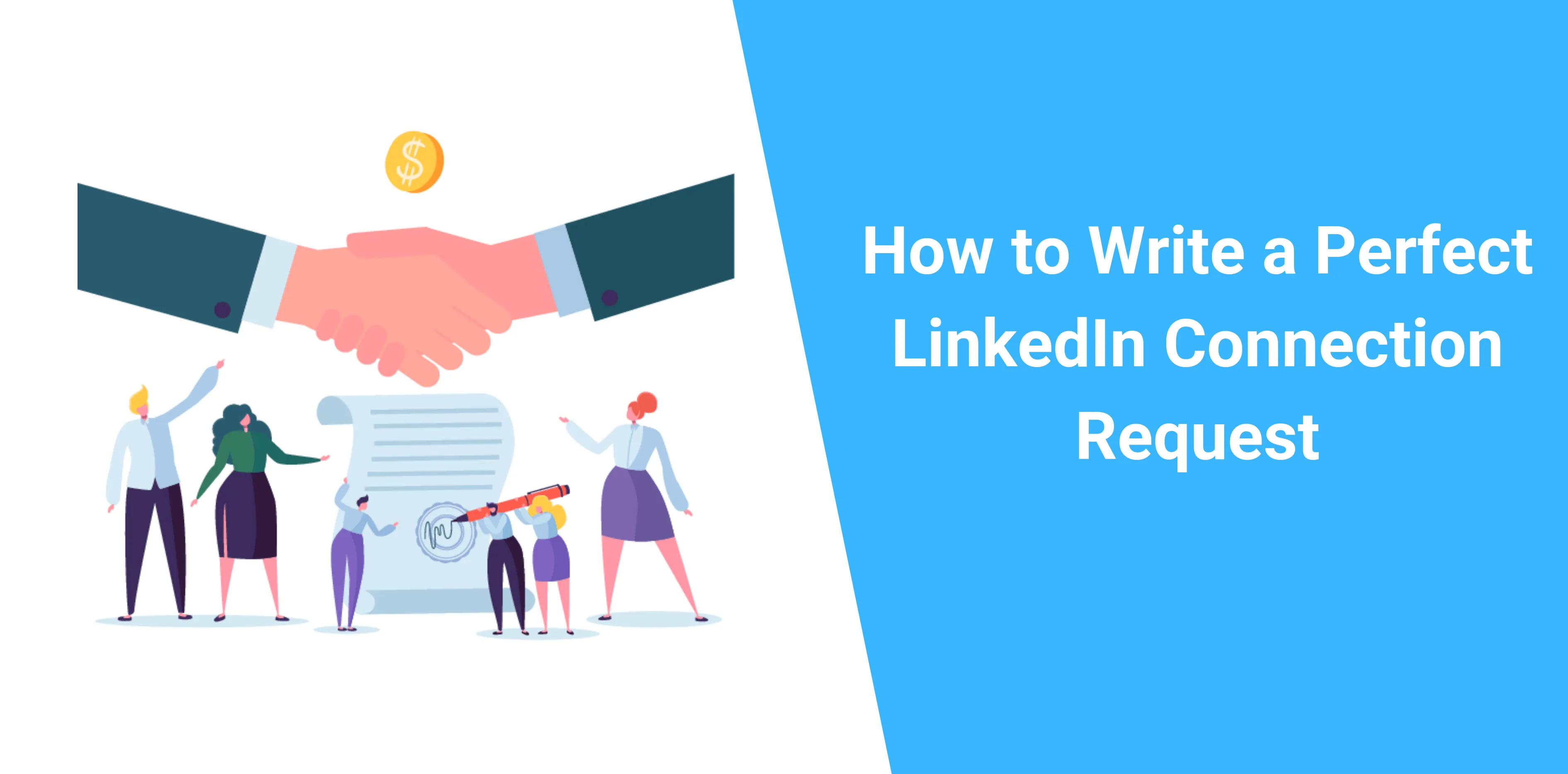
Crafting a strong LinkedIn connection request message requires thoughtful preparation and a personal touch.
Below are actionable tips to help you create impactful messages, while naturally integrating the provided keywords.
1. Research the Recipient Before Writing
Take the time to understand the person you are reaching out to. Review their LinkedIn profile to learn about their role, achievements, and shared connections.
This insight helps you tailor your message to resonate with their interests. For example:
- Mention a specific project or achievement they highlighted in a LinkedIn article.
- Reference any shared interest or professional focus that you both have in common.
Avoid sending a blank request, as it often gets ignored and reduces your chances of connecting.
2. Use Their Name to Make it Personal
A personalized message always stands out. Begin by addressing them by name instead of using generic greetings.
This small detail makes your message feel genuine and increases the likelihood of a positive response.
For instance:
- "Hi [Name], I came across your post on [topic] and found your perspective fascinating."
Using their name creates a natural starting point for building genuine connections.
3. Focus on Mutual Benefits in Your Message
Highlight how the connection can be mutually beneficial. For example, if you are reaching out to sales representatives or co-workers, mention how collaboration can lead to shared growth.
- "I noticed we work in the same industry and could benefit from exchanging ideas on lead generation strategies."
Avoid framing your message as purely self-serving; instead, emphasize common ground and shared interests.
4. Adapt Your Tone to the Context
The tone of your message should align with your relationship to the recipient. If you're reaching out to professionals interested in similar fields, keep your tone professional yet approachable.
When connecting with a former co-worker or someone you met at an event, a casual tone might be more appropriate.
For example:
- "Hi [Name], it was great speaking with you during the [event name]. I’d like to connect and stay up to date on [topic we discussed]."
5. Avoid Overloading with Information
A strong LinkedIn message is concise and focused. Avoid cramming too much detail into a single message, as it can overwhelm the recipient.
For example:
- Instead of detailing your entire background, focus on one relevant point.
- Avoid turning the message into a sales pitch; instead, focus on opening a dialogue.
By applying these tips, you can craft LinkedIn connection request messages that are personal, professional, and impactful.
Tailoring your approach shows respect for the recipient’s time and increases your chances of forming meaningful professional relationships.
5 Most Effective Templates for Connection Requests
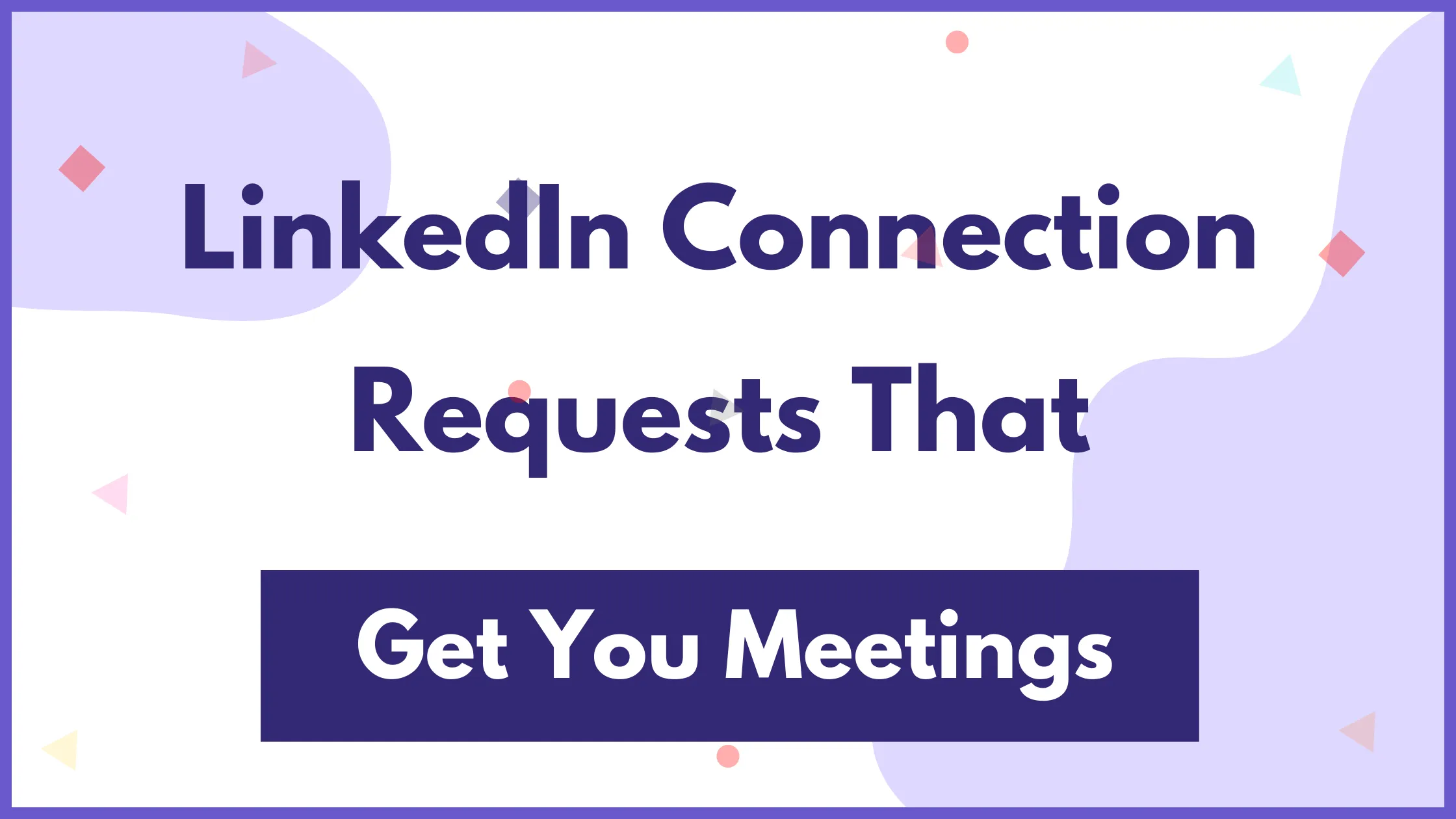
Crafting personalized LinkedIn connection requests ensures that your messages are well-received.
Below are effective templates tailored to various scenarios, along with explanations and examples.
1. Connecting with Industry Professionals
When connecting with professionals in your field, a clear and direct approach works best. Highlight shared industry interests or trends to build rapport.
Message Example:
This type of LinkedIn connect message focuses on shared expertise and encourages meaningful professional interactions.
2. Reaching Out to Mutual Connections
Mentioning a mutual connection adds credibility and context to your request.
Message Example:
Including this in a LinkedIn connection note makes your outreach feel genuine and relevant.
3. Connecting After a Networking Event
Following up after meeting someone at an event is a great way to maintain the connection.
Message Example:
This message uses a LinkedIn message template format that is simple, direct, and personal.
4. Reaching Out for Career Opportunities
When reaching out for potential career opportunities, focus on their expertise and your interest in learning more.
Message Example:
This LinkedIn connect message is respectful and highlights your intent without being overly forward.
5. Connecting Through Shared Interests or Groups
Shared interests or group memberships provide a natural entry point for your request.
Message Example:
This template leverages LinkedIn members' shared affiliations to build rapport and establish a connection.
Using these templates ensures that your LinkedIn connection messages are relevant, professional, and tailored to each situation.
By incorporating tools like a LinkedIn message template and personalized touches such as a LinkedIn connection note, you increase the likelihood of forming meaningful professional relationships.
Common Mistakes to avoid in LinkedIn Connection Requests

Crafting effective LinkedIn connection requests requires a thoughtful and professional approach.
Avoiding common mistakes can significantly improve your success rate. Below are some frequent errors and tips on how to steer clear of them.
1. Skipping a Professional Profile Picture
A LinkedIn profile without a professional picture can appear incomplete or untrustworthy.
Your profile picture is often the first thing people notice and can greatly influence whether they accept your request.
A missing or casual photo can make your connection requests less effective.
How to Avoid It
Use a high-quality, professional photo that aligns with your industry.
Ensure the image is well-lit and shows your face clearly.
Avoid casual selfies or group photos.
2. Sending Requests Without Context
One of the most common mistakes on LinkedIn is sending generic requests or blank connection messages.
Without context, the recipient might see the request as impersonal or irrelevant, reducing the likelihood of acceptance.
How to Avoid It
Personalize each request by referencing shared interests or mutual connections.
Mention why you want to connect, such as a shared professional group or event.
Avoid using canned phrases that don’t add value to the request.
3. Requesting Connections in Bulk
Sending multiple connection requests in bulk may seem efficient but often backfires.
The LinkedIn algorithm might flag such activity as spam, and recipients may find it insincere or unprofessional.
How to Avoid It
Limit your connection requests to a manageable number each day.
Research each person before sending a request to ensure relevance.
Focus on building genuine connections over time rather than rushing.
4. Being Overly Formal or Too Casual
A connection request that is too stiff or overly casual can make you seem disconnected from the professional context.
Striking the right balance is crucial to creating a positive impression.
How to Avoid It
Use language that is professional yet approachable.
Avoid overly formal salutations or slang that might appear unprofessional.
Tailor the tone based on the recipient’s industry or profile.
5. Failing to Proofread Your Message
Typos and grammatical errors in your connection request message can make you appear careless.
Such mistakes can create a poor first impression and reduce your credibility.
How to Avoid It
Review your message carefully before sending it.
Use tools like Grammarly or other proofreading aids.
Ensure names, job titles, and other details are accurate.
Additional Tips to Avoid Mistakes
To ensure your LinkedIn connection requests stand out, follow these general practices:
- Avoid sending follow-up messages that seem pushy or generic.
- Ensure your profile is complete with relevant information, such as your LinkedIn account details and professional accomplishments.
- Avoid activities that might make sense for casual platforms but not LinkedIn, such as sending unsolicited sales pitches.
By avoiding these mistakes and focusing on thoughtful, personalized connection requests, you can enhance your chances of building meaningful professional relationships.
Analytics to Improve Your Connection Requests on Social Media

Analyzing your connection requests on social media platforms like LinkedIn can significantly enhance your success rate.
By tracking key metrics, you can refine your strategy and build more meaningful connections. Here’s how to leverage analytics effectively:
1. Monitor Acceptance Rates
Understanding your connection request acceptance rates provides insight into the effectiveness of your outreach.
A low acceptance rate may indicate issues with the personalization or relevance of your requests.
How to Improve It:
Experiment with different types of messages to see what works best.
Avoid sending generic LinkedIn invitations or blank requests.
Analyze which demographics or industries have higher acceptance rates and focus on those.
By monitoring acceptance rates, you can identify trends and tailor your approach to improve outcomes.
2. Evaluate Message Performance
Not all messages are equally effective. Analyzing the performance of different message templates can help you determine what resonates with your audience.
How to Improve It:
Test various LinkedIn request formats, such as personalized notes or direct connection messages.
Compare response rates for requests that include a shared interest versus general requests.
Avoid overly formal or casual tones that might alienate the recipient.
This evaluation helps refine your messaging style for future requests.
3. Find Optimal Sending Times
The timing of your LinkedIn invitations can impact acceptance rates. Sending requests when recipients are more active can increase visibility and engagement.
How to Improve It:
Use LinkedIn’s activity insights to identify when your target audience is most active.
Avoid sending requests during weekends or late-night hours unless your audience is in a specific time zone.
Test sending requests during work hours for professionals in industries like sales teams or marketing.
Optimal timing ensures your requests are seen and considered promptly.
4. Track Post-Connection Engagement
Building meaningful relationships doesn’t stop at sending requests. Tracking how new contacts engage with your content or respond to messages is crucial for long-term success.
How to Improve It:
Track interactions with your posts or LinkedIn articles after making a connection.
Monitor if new connections reply to follow-up messages or engage with shared resources.
Use insights to refine your follow-up approach and nurture relationships.
This helps you focus on creating genuine connections rather than just increasing numbers.
5. Refine Your Target Audience
Analyzing the success of your connection requests can help you better understand who to target in the future.
How to Improve It:
Avoid targeting irrelevant groups, such as job boards or industries unrelated to your field.
Use LinkedIn’s Sales Navigator to find potential connections aligned with your goals.
Identify shared interests, common ground, or specific job titles that lead to higher engagement.
Refining your audience ensures your requests are relevant and valuable to both parties.
By leveraging analytics, you can move beyond a generic “click connect” approach and create meaningful, data-driven strategies for building your professional network.
Each step helps you build more genuine connections while avoiding wasted effort.
Conclusion
Building meaningful connections on social media starts with a thoughtful and well-crafted connection request.
By using these 8 best practices and templates, you can create messages that feel personal, professional, and relevant. Remember, the key is to be authentic, clear, and focused on adding value to the conversation.
Whether you’re reaching out for opportunities or building your network, a little effort goes a long way. So, start connecting today and make each request count!

.webp)





